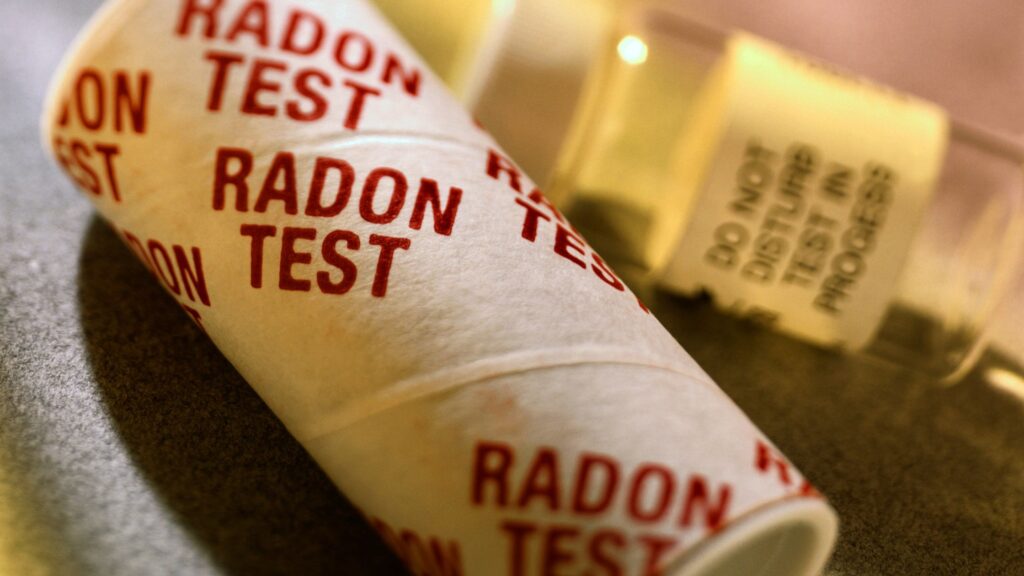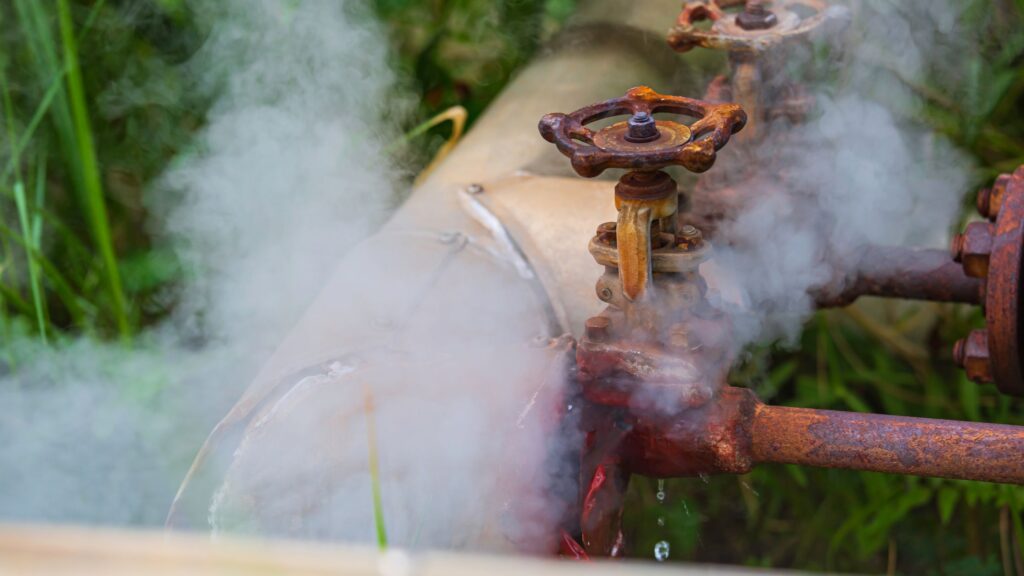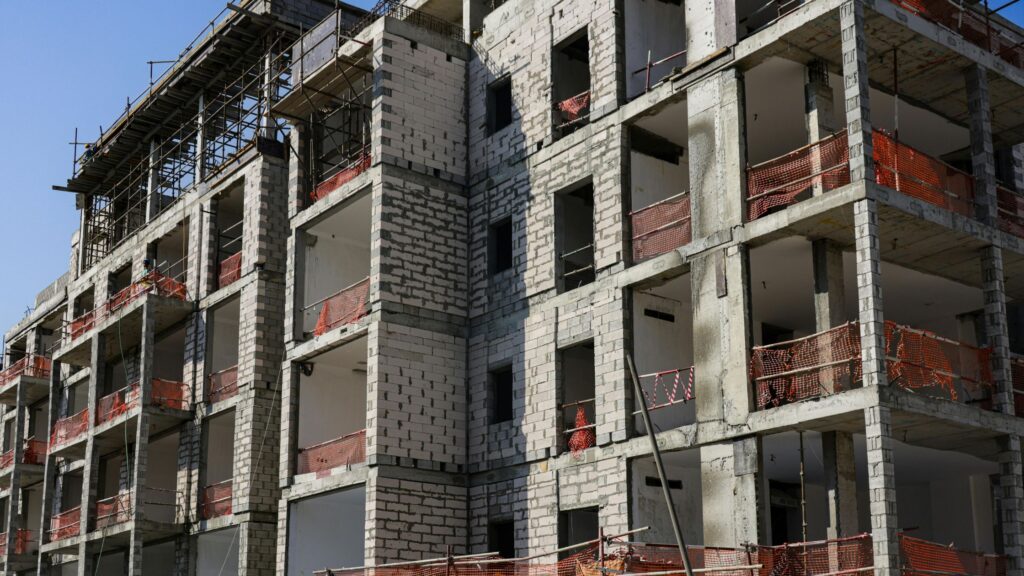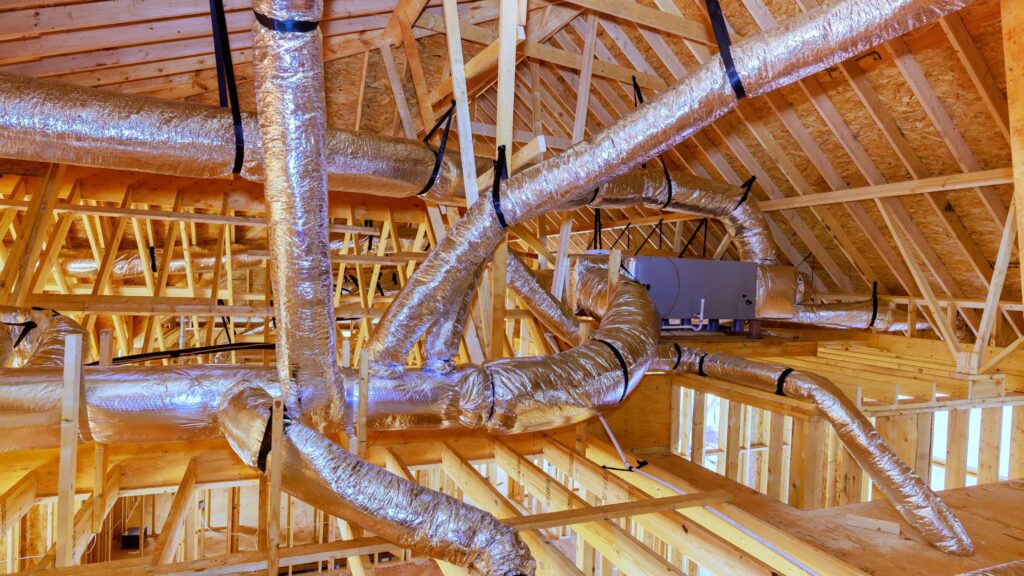Radon, a naturally occurring radioactive gas, poses a serious health risk when it builds up indoors. It is the second leading cause of lung cancer in the United States, following cigarette smoking. Because radon has no smell, color, or taste, you can only detect it through specialized testing. If you’re a homeowner in Iowa, you face some of the highest radon concentrations in the nation. That’s why installing a radon mitigation system in Des Moines isn’t just a precaution—it’s a necessity.
Many residents overlook this invisible threat, but taking proactive measures ensures your family’s safety and long-term health. Let’s explore how radon mitigation systems work, why they’re critical for Iowa homes, and what to look for when choosing a professional installer.

Key Benefits of a Radon Mitigation System in Des Moines
- Reduces indoor radon levels significantly
- Enhances indoor air quality
- Increases property value and marketability
- Protects families from long-term health risks
- Meets state and EPA safety guidelines
Why Is Radon a Serious Problem in Des Moines?
Iowa sits on soil that naturally emits high levels of radon. According to the Iowa Department of Public Health, over 70% of homes in the state test above the EPA action level of 4.0 pCi/L (picocuries per liter). Des Moines, being in the heart of Iowa, is no exception.
Many homes in Des Moines have basements, which act as collection zones for radon gas. Cracks in the foundation, gaps around pipes, or even sump pits allow radon to enter the home from the soil below. Without a mitigation system, radon accumulates over time and puts your family’s health at risk.
How Does a Radon Mitigation System Work?
A radon mitigation system in Des Moines functions by drawing radon gas from beneath your home and venting it safely outside. Here’s a breakdown of how these systems typically operate:
1. Suction Point Installation:
A certified contractor drills a hole into the basement or slab to create a pathway for gas extraction.
2. PVC Piping:
Pipes are connected from the suction point to a vent stack that exits above the roofline.
3. Radon Fan:
A specialized fan creates negative pressure to pull radon from the soil and push it outside.
4. Monitoring:
Some systems include alarms or monitors that alert you to changes in system performance.
Each home requires a customized design based on its structure, foundation, and soil composition.

Choosing a Professional Radon Mitigation Contractor
Not all radon mitigation systems are created equally. The installer’s experience, materials used, and adherence to safety standards matter greatly. When selecting a contractor in Des Moines, keep the following tips in mind:
- Verify Certification:
Choose a professional certified by the National Radon Proficiency Program (NRPP) or National Radon Safety Board (NRSB).
- Check Local Experience:
Local knowledge of soil conditions and housing styles is essential.
- Request a Post-Mitigation Test:
A reputable company will retest radon levels to confirm effectiveness.
- Read Reviews and Testimonials:
Client feedback often reveals service quality and responsiveness.
Maintenance Tips for Long-Term Efficiency
Once you install a mitigation system, it’s crucial to maintain it properly. Though the systems are low-maintenance, regular checks ensure their ongoing performance. Here’s how you can keep your radon mitigation system running smoothly:
- Inspect the fan annually for signs of wear or noise.
- Check the manometer (pressure gauge) monthly to confirm operation.
- Retest your home every two years or after major renovations.
- Keep vent pipes free from blockages like debris, snow, or nests.
These simple steps can extend the life of your system and preserve indoor air quality.
Cost of Installing a Radon Mitigation System in Des Moines
Installation costs typically range between $800 and $1,500, depending on the home’s layout, foundation type, and system complexity. While the upfront investment may seem high, it’s minimal compared to the long-term health and property benefits. Additionally, many homeowners’ insurance policies don’t cover radon-related issues, which makes mitigation even more critical.
Some financial assistance or grant programs may be available for Iowa residents. Be sure to ask your contractor about potential funding options.
Why Take Action Now?
Delaying action puts your family’s health at continued risk. The longer you wait, the more radon exposure accumulates over time. Fortunately, a professionally installed radon mitigation system in Des Moines can make an immediate difference. It’s not just a smart decision—it’s the responsible one.
Conclusion
Homeowners in Des Moines must remain vigilant against the invisible but deadly threat of radon gas. A professionally installed radon mitigation system in Des Moines not only ensures a safer home but also provides peace of mind for years to come. If you’re ready to take the next step toward a safer home environment, trust the experts at DSM Radon, Des Moines’ reliable radon mitigation specialists.

Frequently Asked Questions
1. How do I know if my home has high radon levels?
You can use a radon test kit or hire a certified radon tester. Results over 4.0 pCi/L warrant immediate mitigation.
2. Can I install a radon mitigation system myself?
While DIY kits exist, professional installation ensures compliance with safety standards and more reliable results.
3. How long does it take to install a radon mitigation system?
Most systems take 4–8 hours to install, depending on home size and design.
4. Is radon only a concern in older homes?
No. Both new and old homes can have elevated radon levels. Factors like soil, construction type, and ventilation affect radon accumulation.





